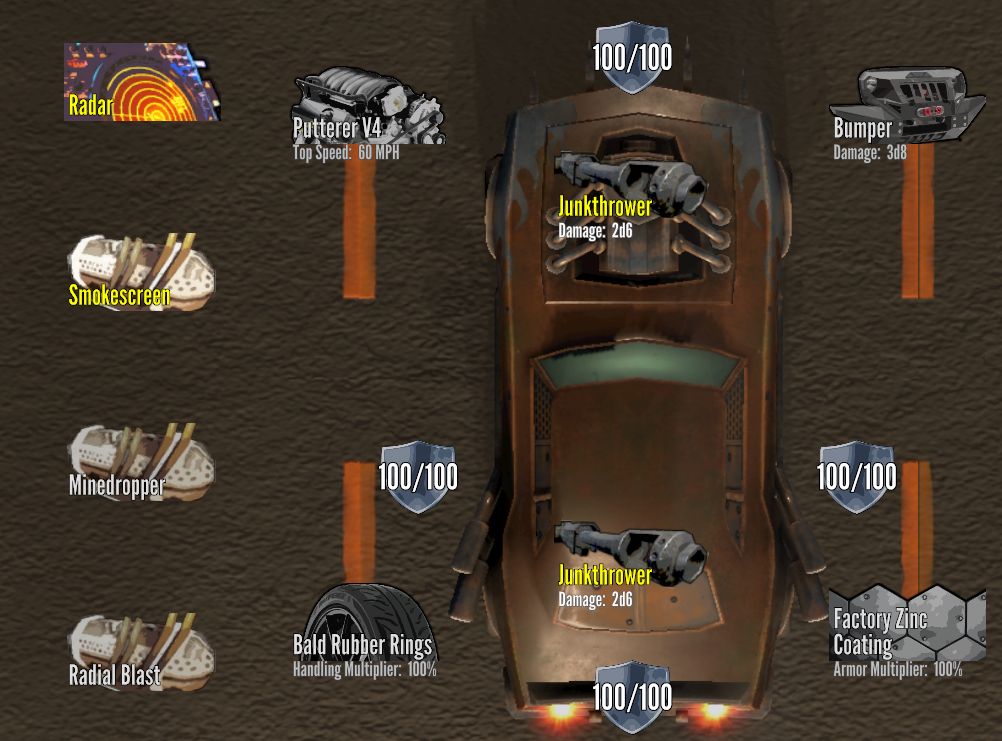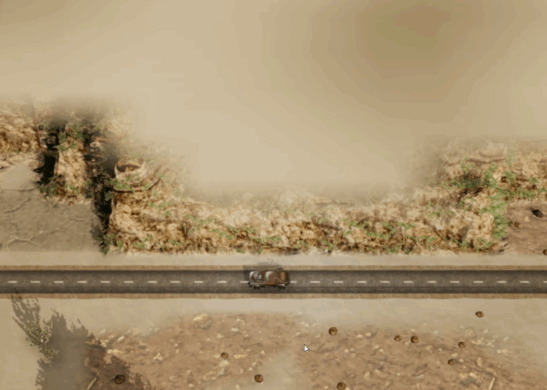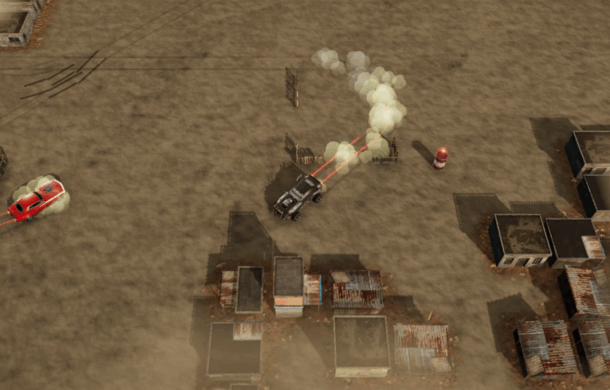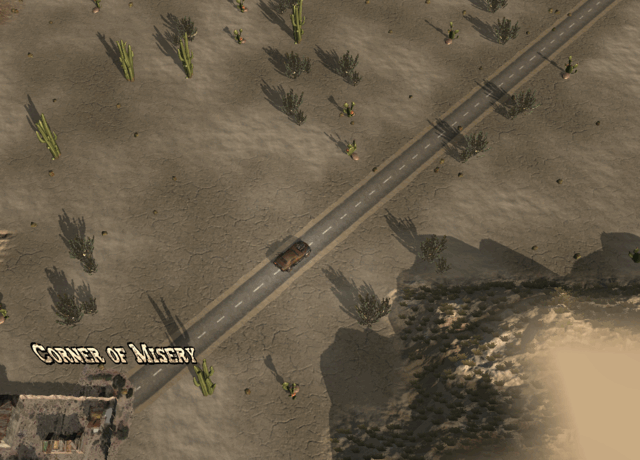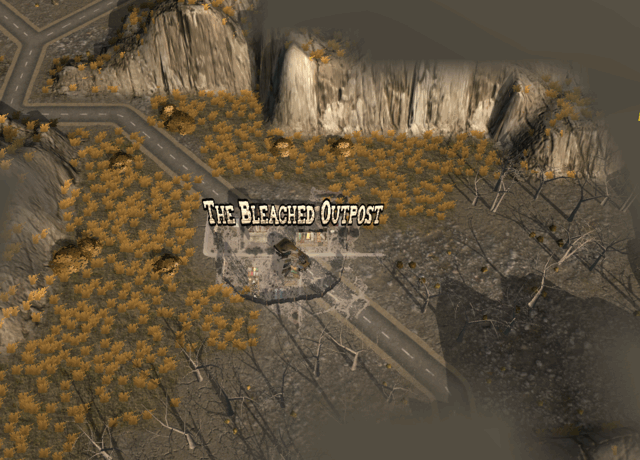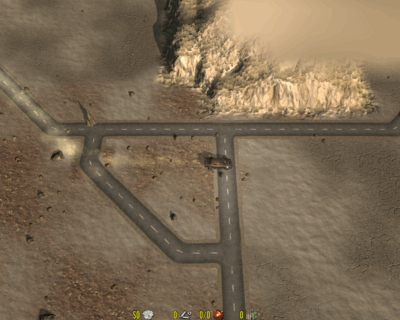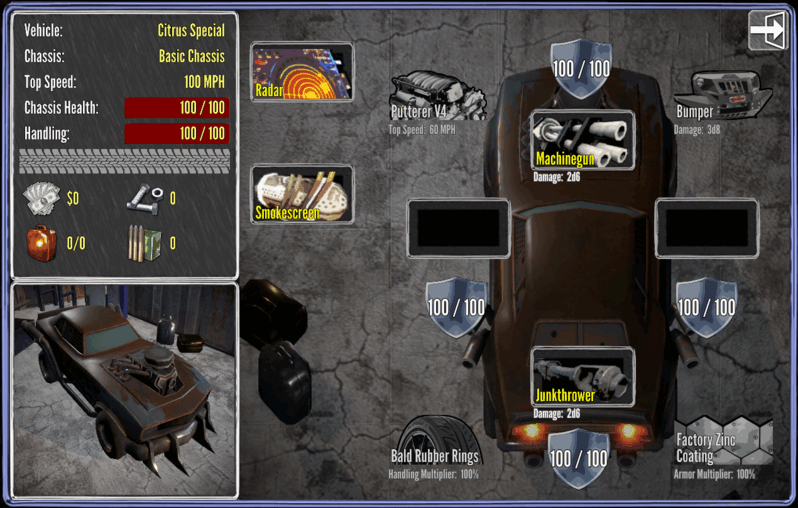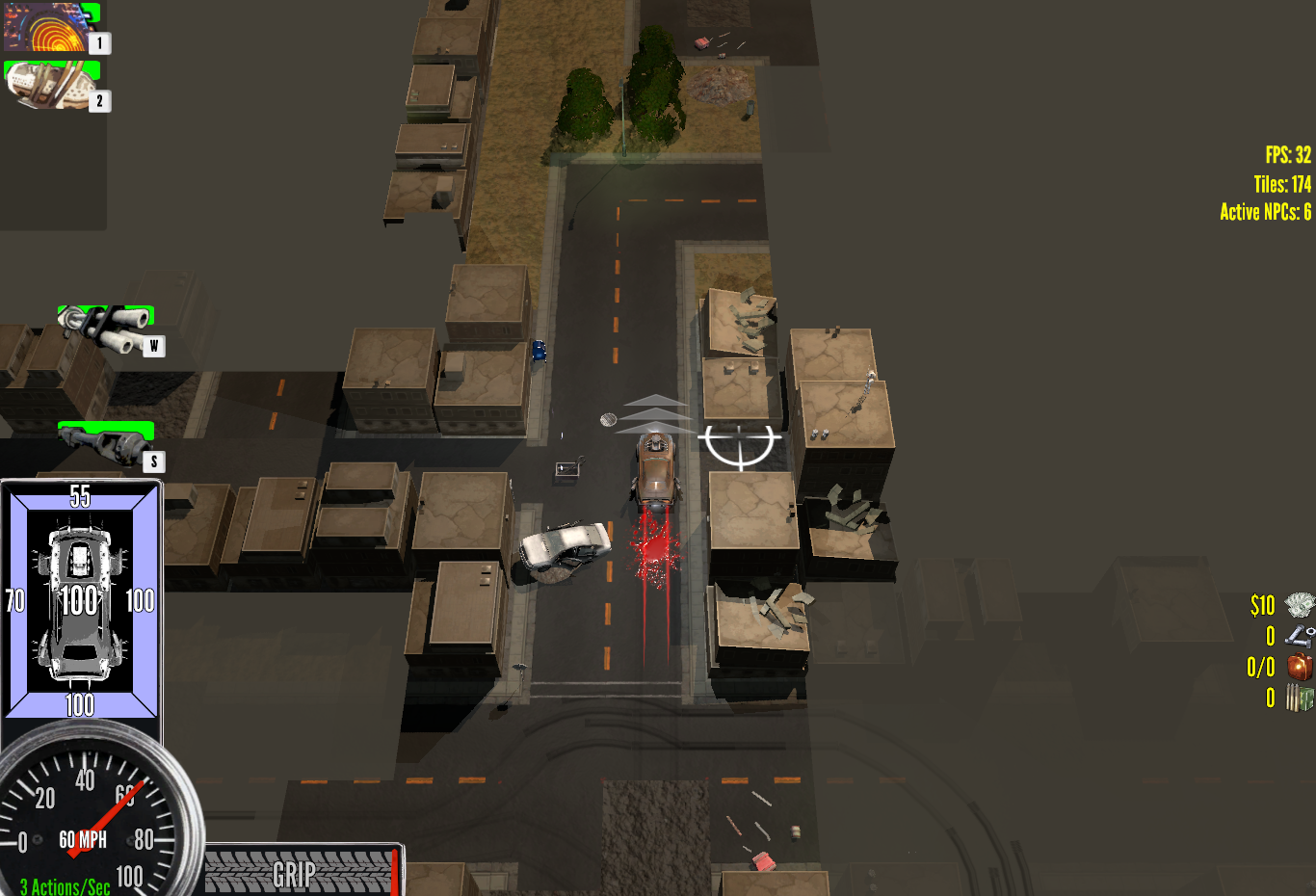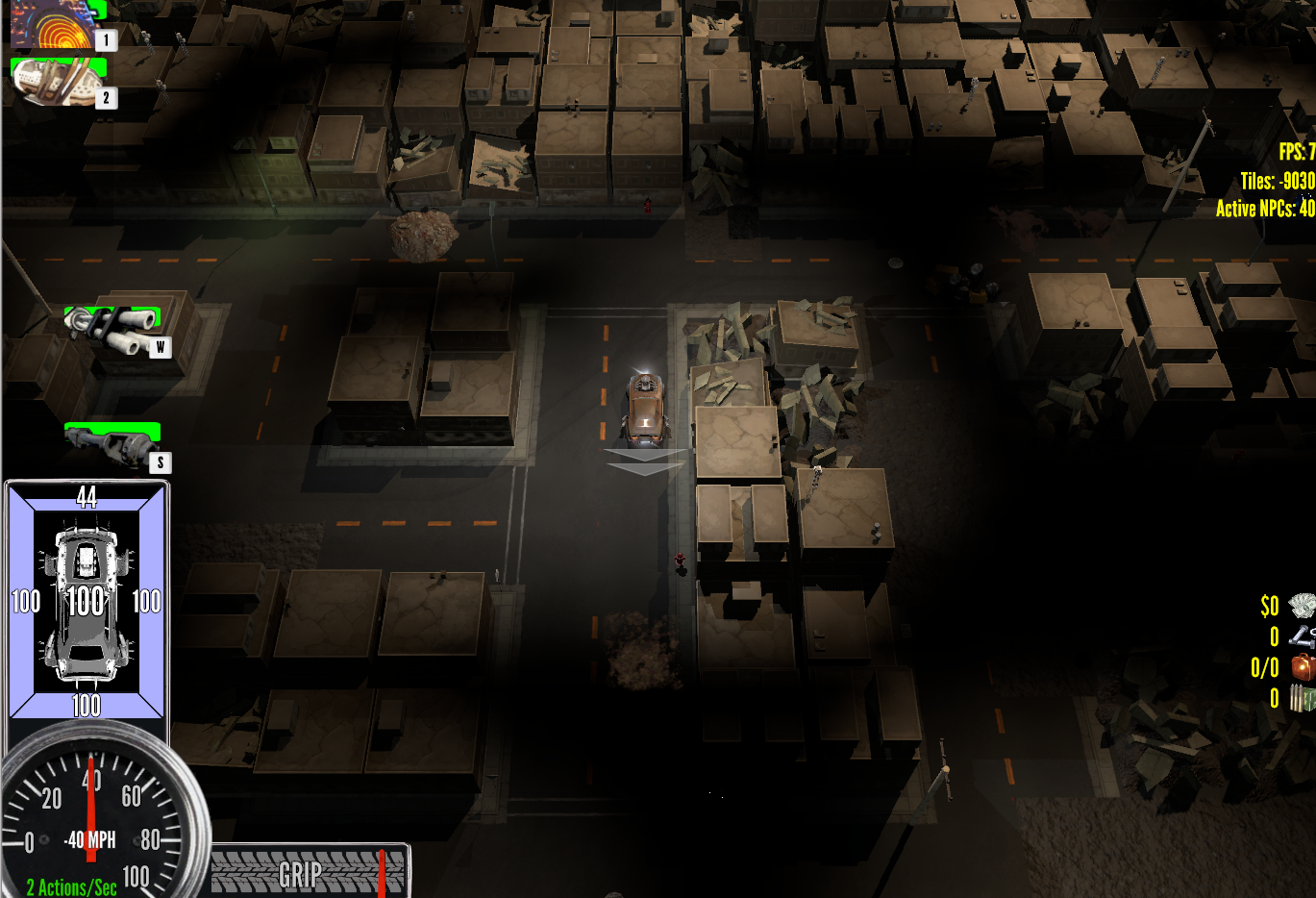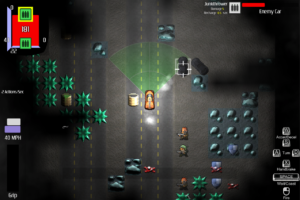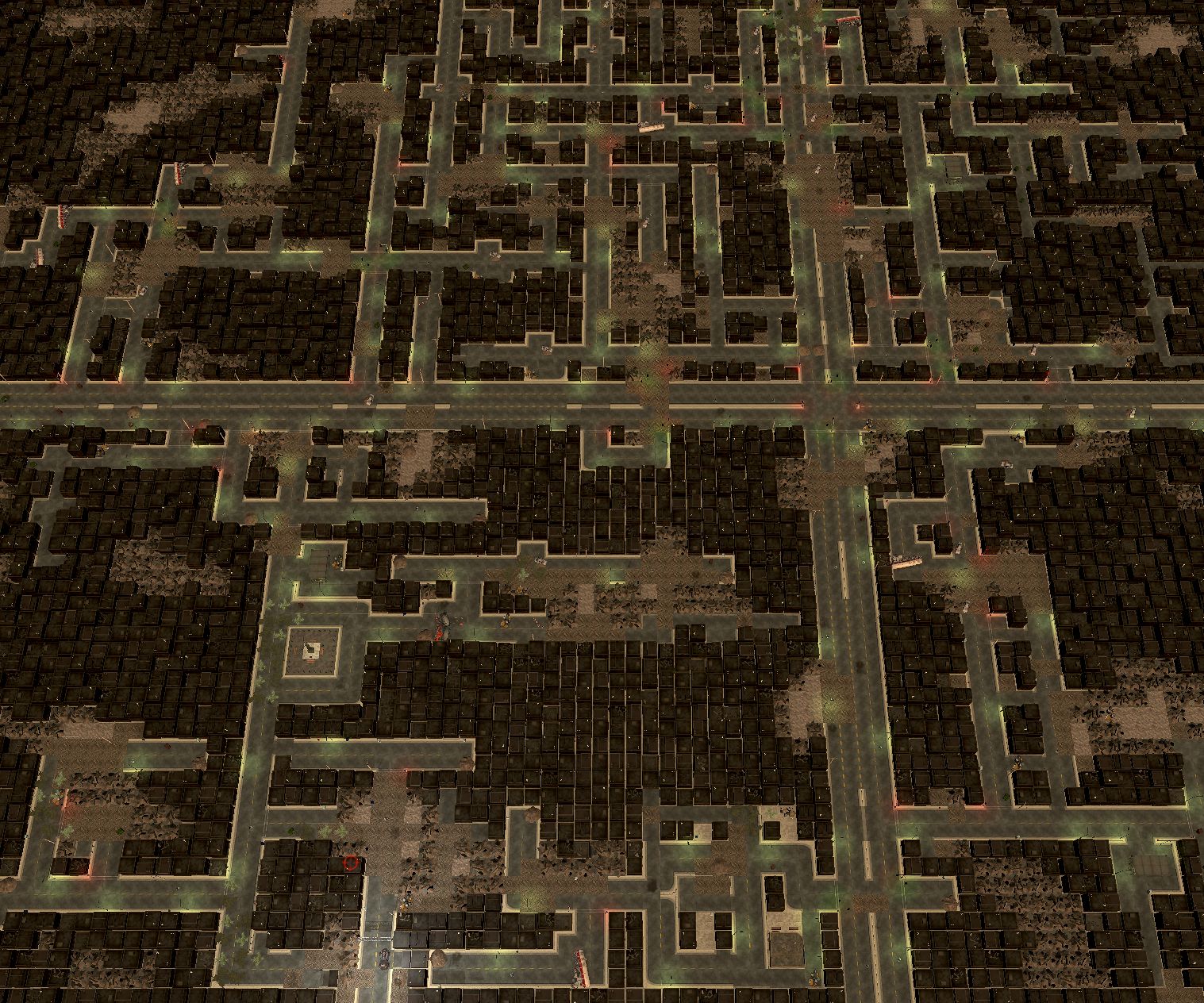Over the past several months I’ve been working through some significant issues to get Auto Fire up to snuff… Good ol’ Jim talked me into going to the Roguelike Celebration 2018 in San Francisco this weekend so I could start showing my game to people more widely. Pretty exciting! Also pretty nerve-wracking given all the other stuff going on this summer.
Unfortunately there were a ton of things about my game that still drove me crazy… For example I wasn’t able to save the state of maps between visits… which meant that the overworld in particular would regenerate every time you left a location. I had to finally take the plunge and deal with that particular issue.
Man I hate two-years-ago me. I did some real hack jobs to get that 7DRL challenge done, and I guess I wasn’t done paying off that technical debt. 😛
Luckily I got all the proper stuff to function, save off map states and basically am ready for honest-to-god savegames (although I don’t do save/load just yet.)Â I’ve also made a whole bunch of quality-of-life improvements based on early player feedback:
- The camera is now behind the vehicle at all times. This way the WASD weapon keys are always consistent and understandable, and you don’t have to envision tank controls. I had always suspected this would be a problem, but I think I was so used to camera-always-north that I didn’t have any trouble playing. The added benefit is that the game has a fairly unique look as compared to other Roguelikes now.
- Improved feedback for speed. This is always a work in progress. The player needs to know when they are speeding or skidding. Putting the camera at a shallow angle and adding speed lines is my current strategy. I also shake the camera a bit, but that may just be too much. We will see where things go as feedback comes in.
- Recolored environment. A good friend did a paintover of a screenshot of my city environment a while back and it helped me gravitate towards dark ground surfaces, light obstructions, and bright colored gameplay elements. This wasn’t the case with deserts (because, y’know, desert), but I’ve been darkening things quite a bit and trying to get the colors to pop. Still a work in progress.
- Revised balance and loot drops. This isn’t really finely balanced, but I did make the early-play experience quite a bit easier so that people that wanted to try out the build could get a good idea of what the game was about quickly. I also brought down the size of the average “loot pinata” that existed when I was testing loot out. I really still need to do a huge push towards making content, maybe after the RogueCel.
- Revised location names.  More on that next article!
- New garages in the overworld and desert outposts. I’m trying to make sure that the player has plenty of places to equip all the weapons and vehicle components I’m dropping. That includes in hostile areas. That will be a balancing act in the future.
- UI improvements. Again from feedback, I flash the weapon when you try to use it but can’t, and flash the grip meter if you are skidding and try to accelerate.
- Music and sound improvements.  I got some new weapon sounds and hooked them up. The quality is steadily improving there. On the music front, I went back to Michael La Manna‘s excellent western apocalypse music… The quality is really high and fits the feel of the game really well.
My next step is to get the game out onto itch.io so that more people can play. That will be sooner than you think!

